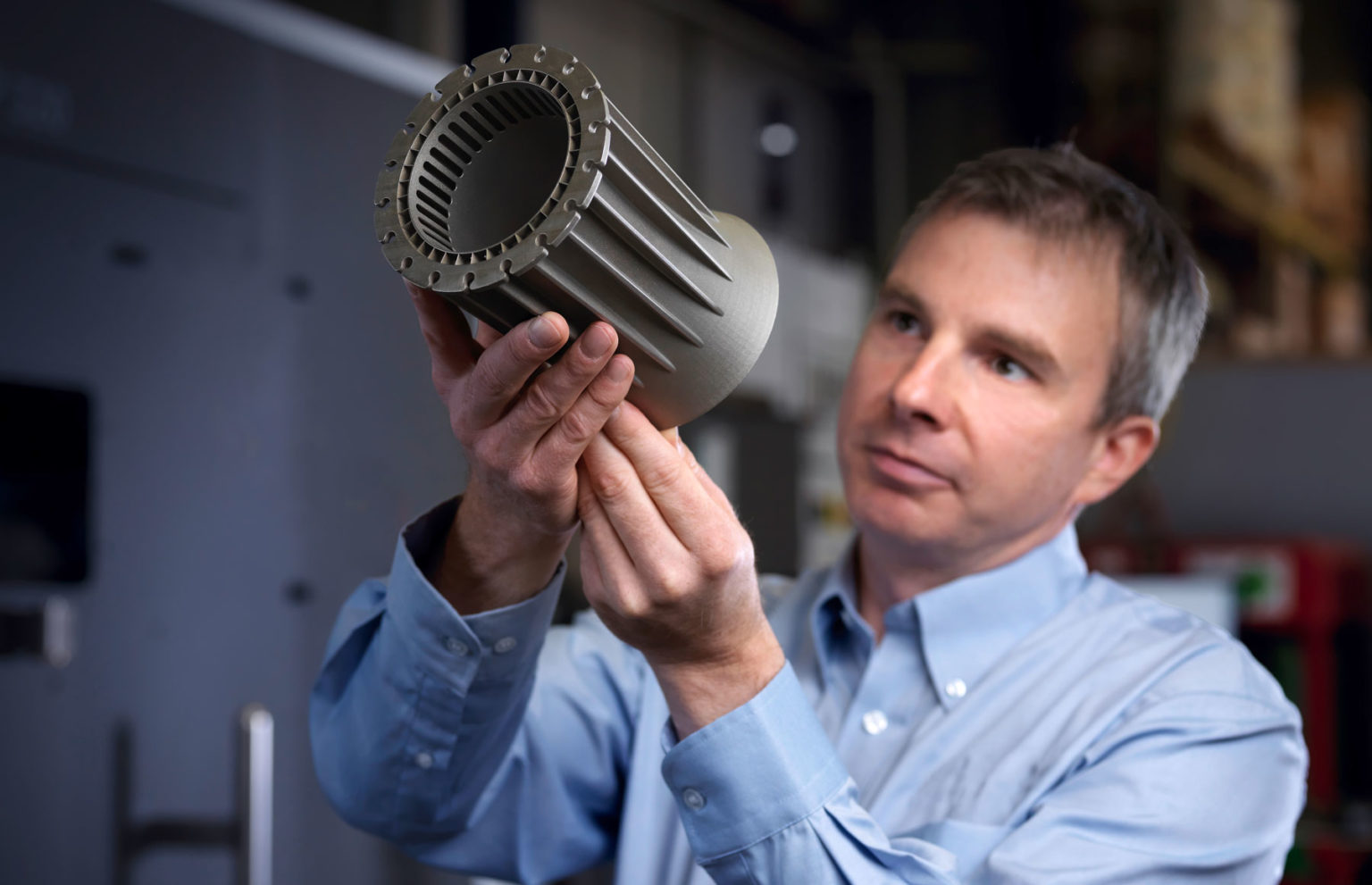
Image source: Google
Metal 3D printing services have revolutionized the manufacturing industry by offering innovative solutions that were once thought to be impossible. The ability to harness the power of metal through this cutting-edge technology has opened up a world of possibilities for creating complex and intricate parts with unparalleled precision. By utilizing metal 3D printing services, companies can produce components that are lightweight, durable, and highly customizable, making them ideal for a wide range of industries.
One of the key advantages of metal 3D printing is its ability to reduce waste and streamline the production process. Traditional manufacturing methods often involve cutting away excess material from a solid block, resulting in a significant amount of waste. With metal 3D printing, parts are built layer by layer, minimizing material usage and reducing the environmental impact of manufacturing. This process also allows for greater design freedom, as intricate geometries and internal structures can be created without the constraints of traditional machining techniques.
Another benefit of harnessing the power of metal 3D printing services is the ability to create parts with improved performance characteristics. By using advanced metal powders such as titanium, aluminum, or stainless steel, manufacturers can produce parts that are not only lightweight but also incredibly strong and resistant to corrosion. This makes metal 3D printed components ideal for applications where high strength-to-weight ratios are crucial, such as in the aerospace, automotive, and medical industries.
Furthermore, metal 3D printing services offer a high level of customization and flexibility that is unmatched by traditional manufacturing methods. Companies can easily modify designs and make rapid changes to prototypes without the need for costly tooling adjustments. This agility allows for faster product development cycles and enables companies to bring new products to market more quickly, giving them a competitive edge in today's fast-paced business environment.
One of the most exciting aspects of metal 3D printing is its potential to revolutionize the way we think about manufacturing. With advancements in additive manufacturing technology, it is now possible to create parts that were previously too complex or costly to produce using traditional methods. From intricate lattice structures to fully functional assemblies, metal 3D printing services are pushing the boundaries of what is possible in terms of design and production.
Moreover, metal 3D printing services are also playing a significant role in the push towards sustainability and eco-friendly manufacturing practices. By reducing material waste and energy consumption, companies can minimize their environmental impact and contribute to a more sustainable future. The ability to recycle and reuse metal powders in the 3D printing process further adds to the eco-friendly nature of this technology, making it an attractive option for companies looking to reduce their carbon footprint.
As the technology continues to evolve and improve, we can expect to see even greater advancements in metal 3D printing services in the years to come. From faster print speeds and larger build volumes to the development of new metal alloys and coatings, the possibilities for innovation are virtually endless. With ongoing research and development efforts focused on enhancing the capabilities of metal 3D printing, we can look forward to a future where this technology plays an increasingly important role in shaping the manufacturing landscape.
In conclusion, harnessing the power of metal 3D printing services offers a host of benefits for companies looking to stay ahead of the curve in today's competitive market. From reduced waste and improved performance to enhanced customization and sustainability, the advantages of metal 3D printing are clear. By embracing this innovative technology and exploring its full potential, companies can unlock new opportunities for growth and innovation, paving the way for a more efficient and sustainable future in manufacturing.
